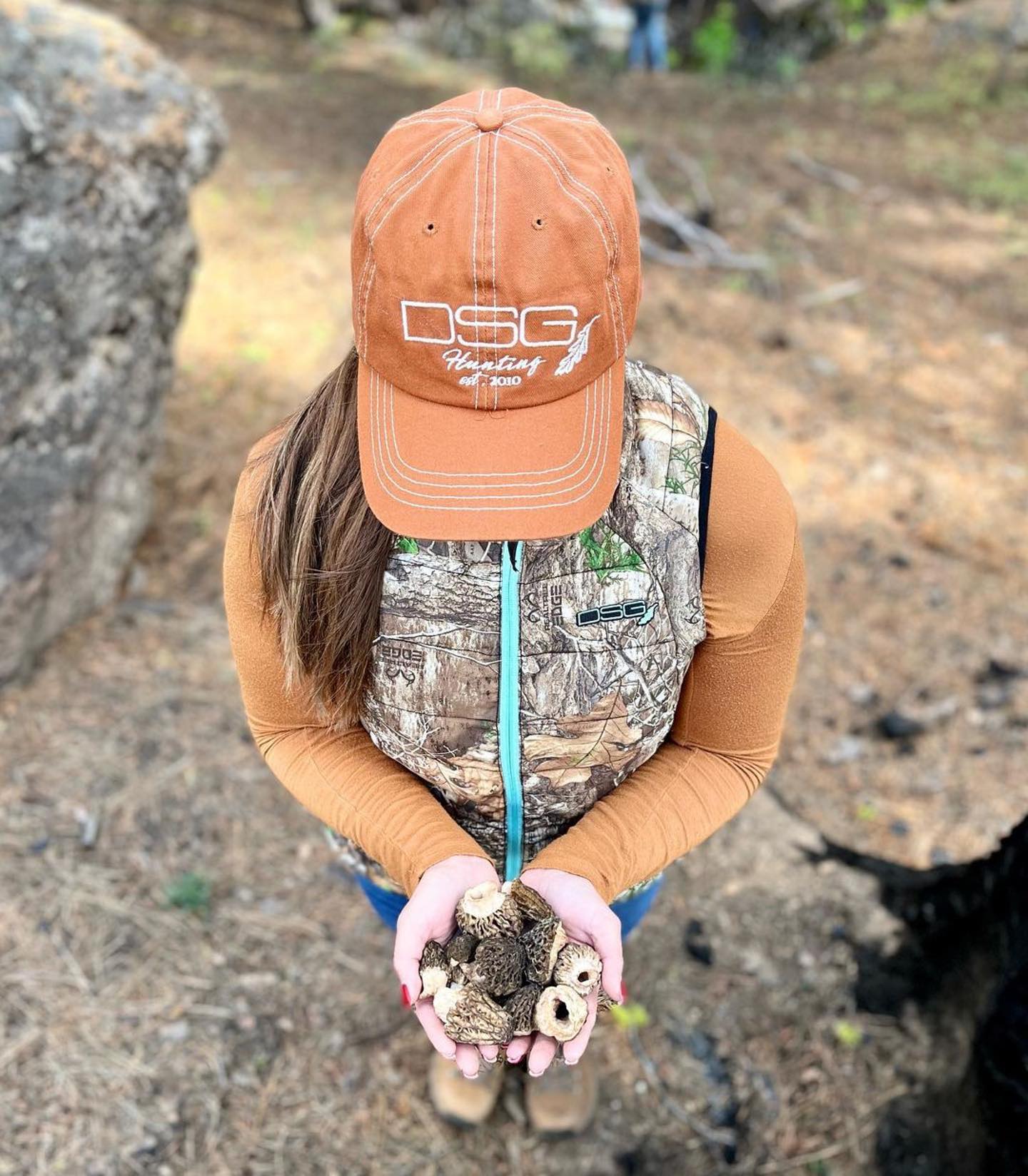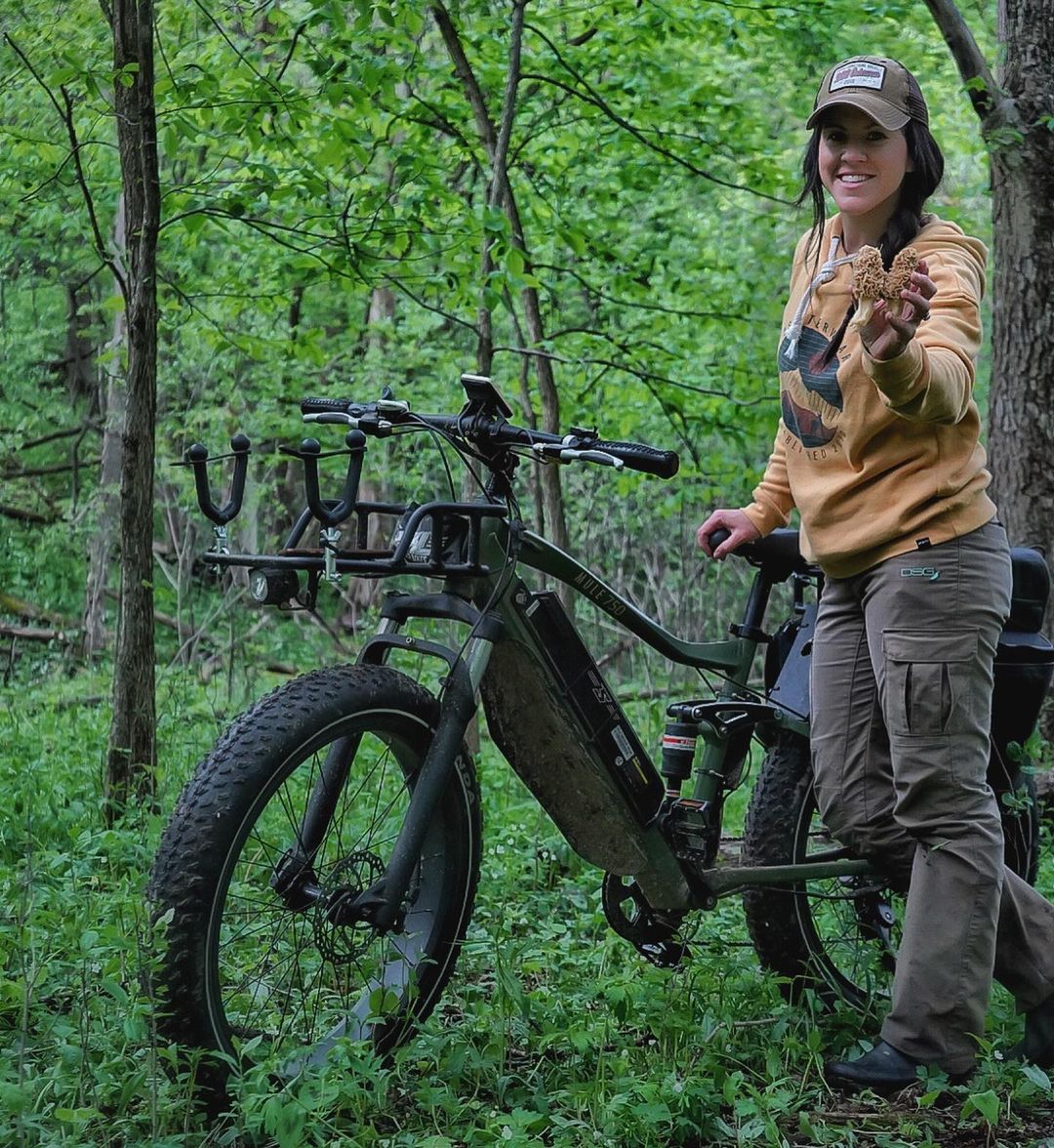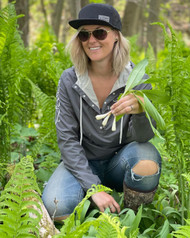Foraging for Beginners
Posted by Samantha Simma on Aug 2nd 2022
The hunting options may be light during the spring and summer, but the opportunities for foraging are bountiful. Foraging is an outdoor activity during which you gather wildly grown, edible plant species. Not only is foraging a great way to get to know your local lands and spend time in the outdoors, these wild plants can add flavor and nutrition to the meals you prepare.
Where to Go
Most foraging is done in rural areas, in forests or in fields. It goes without saying, but you shouldn’t trespass on private property in pursuit of foraged foods. And if you’re foraging on public lands, know what the restricted areas are. For example, you are not allowed to harvest plant species in National Parks. Always be respectful of the land you’re foraging on: tread lightly during your search, to minimize damage to other plants and vegetation, and if you’re foraging for roots—fill in the holes you dig up.

Avoid lands that could be potentially contaminated—near golf courses, factories, etc. These areas pose pollution risks from chemicals used in their operations. Also, if the plant you’re harvesting grows in or near water, know the water source. Any plant that appear to be diseased or infected with pests you shouldn’t eat.
What to Forage For
To start, you need to gain an understanding of what naturally grows in your region. Knowing what plants you can forage for ahead of time will inform factors like what time of year to forage for the plant and the plant’s preferred habitat. Roots like thistles and chicory, for example, are harvested in the fall, while wild berries will ripen at the height of summer.
Some common examples of species that are foraged for in North America include:
- Chanterelle Mushrooms: Easy to identify, these mushrooms are meaty and funnel-shaped.
- Dandelion: Entirely edible, the young leaves of this weed are most commonly harvested.
- Fiddleheads: Found in rich, wet soil, these are curled up ferns before they unfurl in the late spring or early summer.
- Mint: Fresh smelling, this plant is hardy and spreads in most soil types.
- Morel Mushrooms: Grown near the base of trees or in burn areas, be careful of false lookalikes.
- Violets: Often added to salads, the leaves are mild while the flowers taste slightly sweet.
- Watercress: This is a spicy green that grows in wetland areas.
- Wild onion or garlic: These plants look similar, as they have tall, slender, green stalks. Be cautious of toxic lookalikes, which won’t smell as oniony.
- Wild Strawberry: These berries are an unmistakable fruit,
but the leaves and flowers on the plant can also be used in salads and teas.

Identification
It’s essential that foragers be able to identify the plants they’re after using sight, taste, and smell. You can familiarize yourself with plants a few ways: by studying plant books, talking to an expert, or taking a class. Start by learning what’s regionally available and expand your knowledge from there. Besides being able to identify a particular plant species, you need to know which specific components are edible, how to sustainably harvest the plant or its parts, and when it is ready for harvest. Just like you wouldn’t want to eat unripe berries, stinging nettles are past their prime after they’ve gone to seed.
Not only is it important to correctly identify your targeted species, it’s also important to be able to identify plants that should be avoided (those that are poisonous or endangered). If you’re unsure about a plant, don’t eat it! Many wild and edible plants have lookalikes that can be toxic.

Finally, part of knowing a plant is knowing how to prepare it to eat. While foraged plants can often be eaten raw, some taste better when they’re cooked or prepared with a certain technique. Meanwhile, some species, like fiddleheads, should never be eaten raw, as they can cause food poisoning.
Harvesting Limits
Only take what you need (and what you’ll use) during your harvests. What you leave behind will be important to the resident wildlife and allow for the plant’s regrowth. If you do end up taking more than you need, preserve what’s left by canning, dehydrating, or incorporating the plant into an elixir.
Opinions vary, but most seasoned foraged operate by this rule: only collect 5-25% of a species that’s grown in a group or patch. Some plants are more susceptible to overharvesting than others, and you should be even more conservative about how much you harvest in areas with a great deal of foraging pressure. Invasive species, however, can be harvested in greater quantities.

